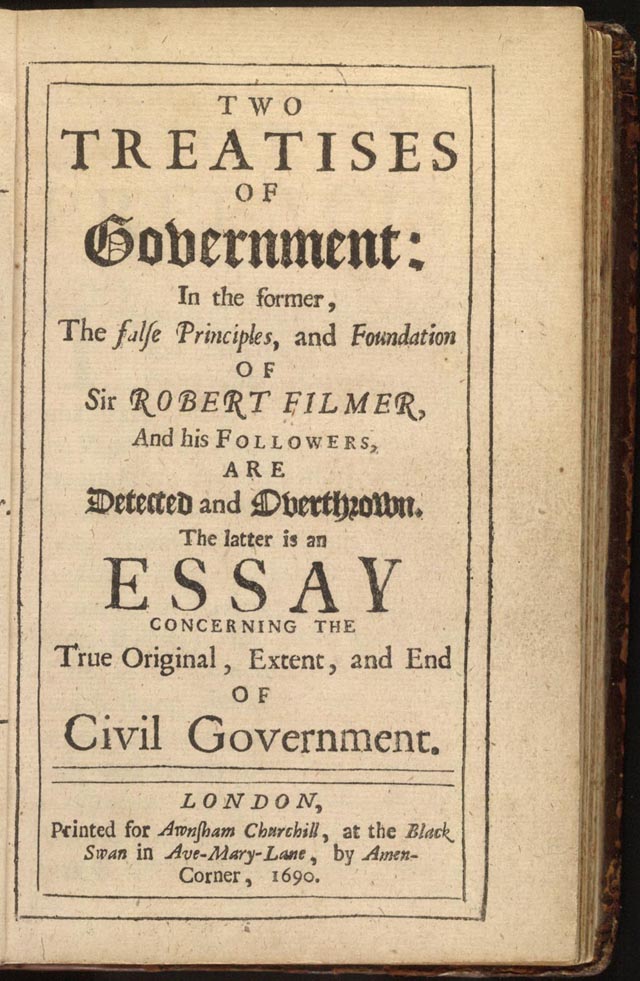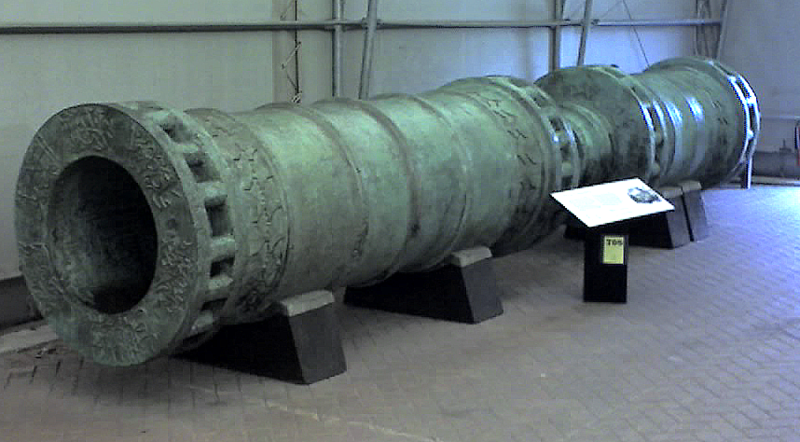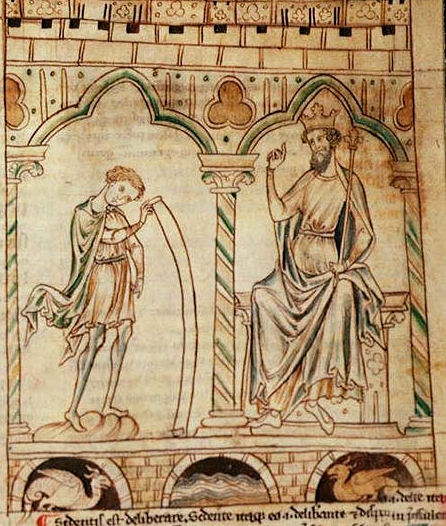
The English Reformation was an act of Henry VIII to divorce is wife Catherine of Aragon who had not yet produced a male heir. At the time, Ann Boleyn was a lady in waiting to the queen, however Henry had fallen in love with her and wanted to marry. His marriage to Catherine was already in disarray, and with his urgency to produce a male heir, he wanted to annul his marriage.
Henry sought the assistance of Cardinal Thomas Wolsey who was the highest ranking English official to the king. In a twist, however, Pope Clement VII who was dependent on Charles V, nephew of Catherine of Aragon, created a delay and prolonged the process.
The English Reformation differed greatly with the reformations in other countries, creating a new authority which would have never been recognized during the reformation in Germany and the Catholic Reformation that revived Roman Catholicism.

The English Reformation was concreted in the ecclesiastical courts where the annulment of Henry VIII's marriage took place. All appeals of the English church courts in Rome were cut off, thereby eliminating papal authority in England, an act that was seen as heresy during the Catholic Reformation.
With the passing of the Act of Supremacy in 1534, Henry became the supreme head of the church. Henry VIII now controlled all church matters, in addition, Parliament passed the Treason Act which made it punishable by death to deny the king as head of the Church of England.
Thomas Moore, who was the former Lord Chancellor for Henry VIII, would not allow himself to pay loyalty to a secular ruler in the matter of faith. Furthermore, he was not alone in the matter, as many English felt not paying homage to the pope was unheard of. Moore was convicted of treason and beheaded in 1535.
After Henry VIII's death, his son Edward VI from his third wife Jane Seymour, took throne at nine years old. However, control went to the council of regency which moved the Church of England towards a more Protestant direction.

Parliament allowed clergy to marry and created a revised Protestant liturgy which was elaborated in The Book of Common Prayer.
When Mary I sought to restore Roman Catholicism she was met with opposition by Parliament. She burned Protestant heretics, gaining the title of Bloody Mary. Although she sought to achieve a restoration of Catholicism, the opposite of what she had intended occurred. Protestantism became for dominant than it was before her reign. Her death marked the end of Catholicism in England.
Reformation Under Luther
Similarly, Martin Luther split with the church because his ideals did not fit within the realm of the Catholic Church. Catholic doctrine emphasized faith and good works however Luther believed that humans were weak in the site of God and could not perform enough good works to merit salvation. He believed that through God's promises humans would reach salvation. Grace through faith was the primary doctrine of the Protestant Reformation.

The two pillars of the Protestant Reformation justified the Bible and faith as the sole authority in religious affairs. During the English Reformation under Henry VIII, the monarch was the sole authority of the church, so these two reforms differed in authoritative and religious issues.
Luther was aware of the implications of justifications by faith alone, most certainly when Pope Leo X issued an indulgence to construct Saint Peter's Basilica. Indulgences were sold in Germany to citizens who believed they could avoid damnation by purchasing a simple piece of paper.
Luther was eventually excommunicated in 1521. He was later summoned by Charles V at the imperial diet of the Holy Roman Empire in Worms. Expecting Luther to renounce his doctrines, he refused and stated his famous battle cry of the Reformation, denying the authority of the popes and councils as supreme. As for Charles V, his direction toward Catholicism was evident, as was his mother Mary, whose husband was Phillip II. They all shared the same vision of restoration.
The Catholic Reformation
The Catholic Reformation and the English Reformation could not have been more different. The Catholic Reformation was able to revive prior medieval Catholicism and reform the papacy, giving the church and the popes more strength and control.
New mysticism tied to the Catholic piety was especially evident. Pope Paul III increased the power of the Inquisition so liberalists were silenced. At the Council of Trent, reformers believed that they could establish doctrines that would encourage the Protestants to return to church. The seven sacraments and clerical celibacy was observed, and once again, faith and good works were required for salvation.
The Catholic Church was seemingly helpless to the evolution of the Protestant Churches and the Church of England. The Catholic Church also underwent a reformation concreted its place once again in the mid 16th century. All too soon, however, the divisions of the churches led to religious wars in the second half of the 16th century.
More Interesting Reading

Notre Dame Cathedral rests in the heart of Paris, France. It lies on the Seine River, about 1.2 miles down from the Louvre, on the opposite bank.
Notre Dame Cathedral in Paris is nearly 900 years old and has an eclectic mix of architectural styles, artistic sculpture and designs. There are many
Notre Dame Cathedrals throughout Europe, but Paris'
Notre Dame Cathedral is arguably the most famous.
The History of Notre Dame Cathedral in Paris, France By Shelly Barclay

When we look at the old depictions of dragons we see they take different forms but were common in legends across all of Europe and Asia. Most depictions show a four-legged beast, some with wings, some without, we are looking at the winged animals. Their bodies usually are either long and serpent like or more robust. The word dragon itself traces to the ancient word Draco which in Roman times referred to any massive snake such as the python.
Did Dragons Really Exist? By B Nelson  I'm never one to shy away from a grand legend or a connection with the Knights Templar, which is why I love when my friend Francois Hagnere comes out with a thrilling article about a travel destination that I have never been to or heard of. A story of a magical egg placed within a fortress during the Middle Ages is just too interesting to ignore.
I'm never one to shy away from a grand legend or a connection with the Knights Templar, which is why I love when my friend Francois Hagnere comes out with a thrilling article about a travel destination that I have never been to or heard of. A story of a magical egg placed within a fortress during the Middle Ages is just too interesting to ignore.



























